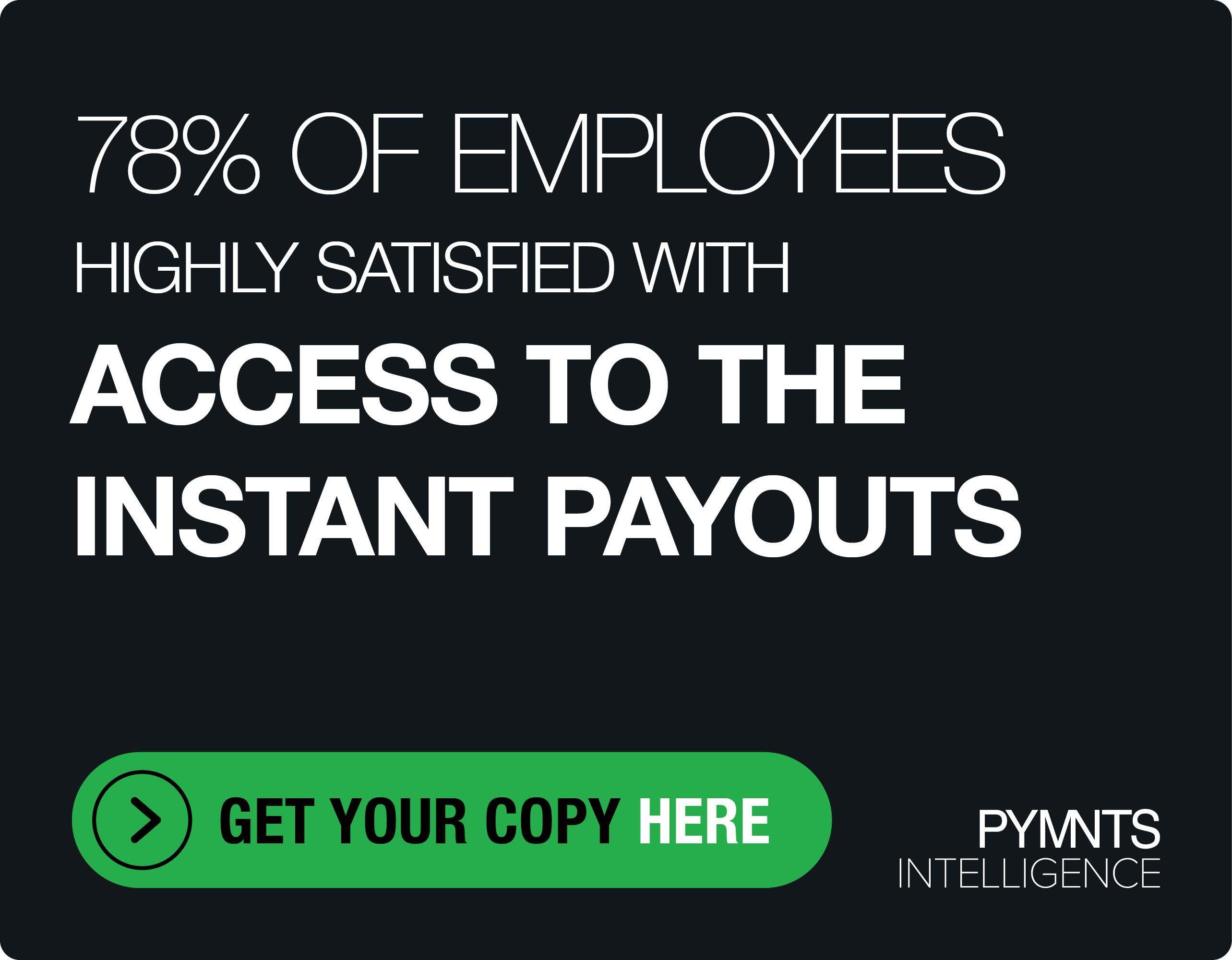Gen Z and Millennial Consumers Want Mobile Channels to Help Build ‘Trust’ in Their Insurers
“Insurance is a personal and custom purchase,” Melissa Hurd, vice president and general manager of the National Client Group, Everyday Spend at American Express, told PYMNTS. “It’s reflective of an individual’s lifestyle.”
For younger generations, the desire is there for transparency, trust and information, Hurd said in a conversation reflecting on the latest findings of the “B2B and Digital Payments Tracker® Series,” a PYMNTS Intelligence and American Express collaboration. Those expectations may not differ from those harbored by other demographics at first glance.
However, the ways and means through which younger generations want to interact with their providers may indeed differ from other groups. The fact that Generation Z and millennial consumers are more comfortable than their elders sharing information about themselves online can help streamline an insurer’s efforts to deliver an optimal policy underwriting and customer experience.
“The customer experience for insurance should look similar to what we want for customer experience in any industry,” Hurd said, adding that providers should be able to lead consumers into asking questions — and answering them. Providers should guide consumers across the considerations that go into making an insurance purchase and help them “digest” new information.
What’s Different
For Gen Z and millennials, “the buying experience might look different,” said Hurd, who added that younger insurance clients are predisposed to gather a significant amount of information online, expecting some level of customization before they need to connect with an insurance agent or customer service representative.
The connection itself is likely to be digitally enabled through online chat or a video call. The would-be client wants to connect with the insurance provider on their own schedule — day or night, weekday or weekend. In short, the one-on-one moments are less likely to take place as formal meetings but should be underpinned by real-time support and information, rendered on-demand, Hurd said.
When it comes time to pay for the policy itself, younger generations want to transact with a preferred payment method online or using their mobile devices. Keeping cards on file can be a way to ensure that monthly payments continue uninterrupted, she said. Partnering with providers including American Express enables insurers to know and anticipate the payment methods that consumers may want to use as time goes on.
Uneven Digital Presence
Asked by PYMNTS whether insurance providers are up to meeting these demands, Hurd replied that there are differences across the industry. Some firms are “really embracing the digital transformation” and are cognizant that comparison shopping has been the norm. Other firms will likely have to navigate this in the near future.
“They need to jump into this arena,” she said of the efforts to forge new digital channels, “because it’s going to be a critical part of building strong relationships with customers moving forward.”
By upgrading their technology, these companies can help educate consumers and guide them directly to the information they are seeking, sidestepping cumbersome policy documents that can be overwhelming and difficult to understand.
“Whether they’re trying to understand the status of a claim or get information about their bills, they expect that this information will be accurate, up to date and reflect their specific, personal policies,” she said.
Automated, real-time information delivered across mobile channels helps cement trust in providers, she said.
“Insurance is not about one size fits all,” Hurd told PYMNTS. For insurers, the path to success lies in “being flexible and nimble, giving information that is easily digestible and understandable … as customers try to educate themselves and make sure that they’re up to date on something that’s really complex but also very personal for them.”

